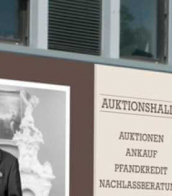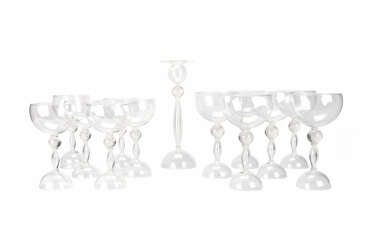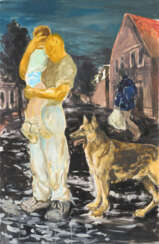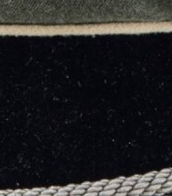netherlands


Stijn Peeter is a contemporary niderlandian artist. He studied first at the Royal Academy of Art and Design at 's-Hertogenbosch and then at the Jan van Eyck Academy in Maastricht. He taught at several Dutch art academies and is currently with the Fontys School of Fine and Performing Arts in Tilburg. Stijn Peeters makes many small works (drawings, graphics) on paper. His paintings however are often (very) large. His work is on display regularly in museums, art galleries and other art venues in the Netherlands and abroad. He is no stranger to self-irony in work like his "Into the doghouse" drawings, in which he visualizes his own life as that of a dog. Another recurrent theme in Stijn Peeters' work is 'The world upside down'. Mythological stories and images on folkloristic prints are other sources of inspiration.
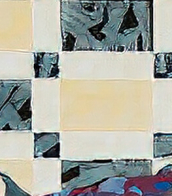

Abraham Hulk the Younger was an Anglo-Dutch landscape painter, son of the famous marinist Abraham Hulk the Elder.

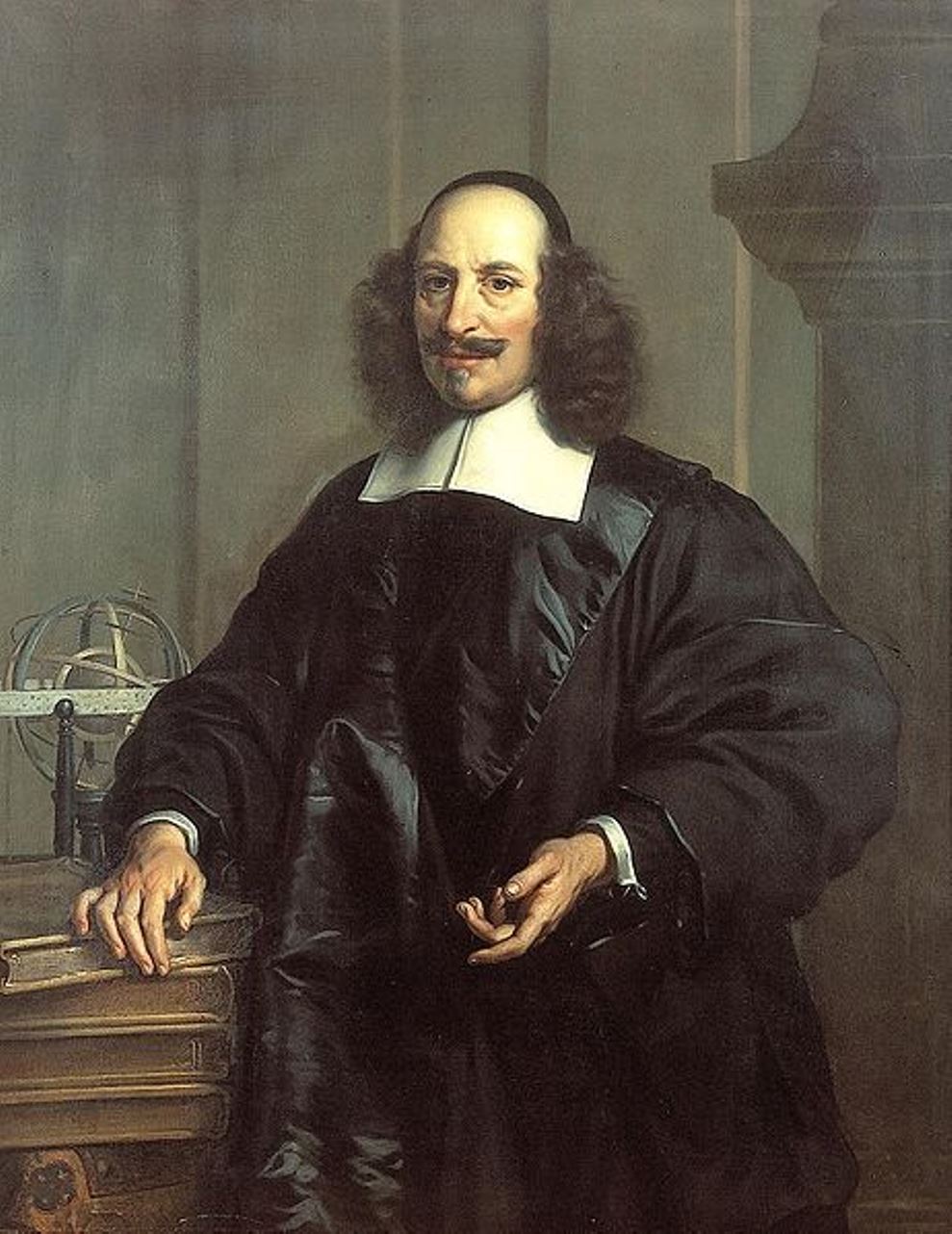
Jan (Joan) Willemsz. Blaeu was a Dutch cartographer, publisher and judge.
Jan was born into the family of the cartographer and publisher Willem Janszoon Blaeu (1571-1638). He studied in Leiden, where he earned a doctorate in law, and in Padua. He then began to assist his father, who was engaged in the manufacture of globes and maps. After his father's death, Jan, together with his brother Cornelius, continued his work, and succeeded him as cartographer for the Dutch East India Company.
In 1651 Blaeu was elected to the Amsterdam city council and later appointed as a judge. At the same time, he was engaged in his publishing business: he continued to publish volumes of Atlas novus, which contained maps of English counties and, for the first time, an atlas of Scotland, as well as one volume of maps of the Far East.
Blaeu did not have time to complete his most ambitious project, but it made him famous as the author of the famous 11-volume Dutch atlas. Based on his previous maps, Blaeu created the Great Atlas (Atlas Maior) - it contained nearly 600 maps and a total of 3,000 pages of Latin text - and was published in 1662. Blaeu's maps were groundbreaking for their time because they were created in accordance with the heliocentric theories of Nicolaus Copernicus.
In 1672, a great fire in Amsterdam destroyed Blaeu's workshop, and the cartographer died a year later, apparently never recovering from this stroke of fate.











